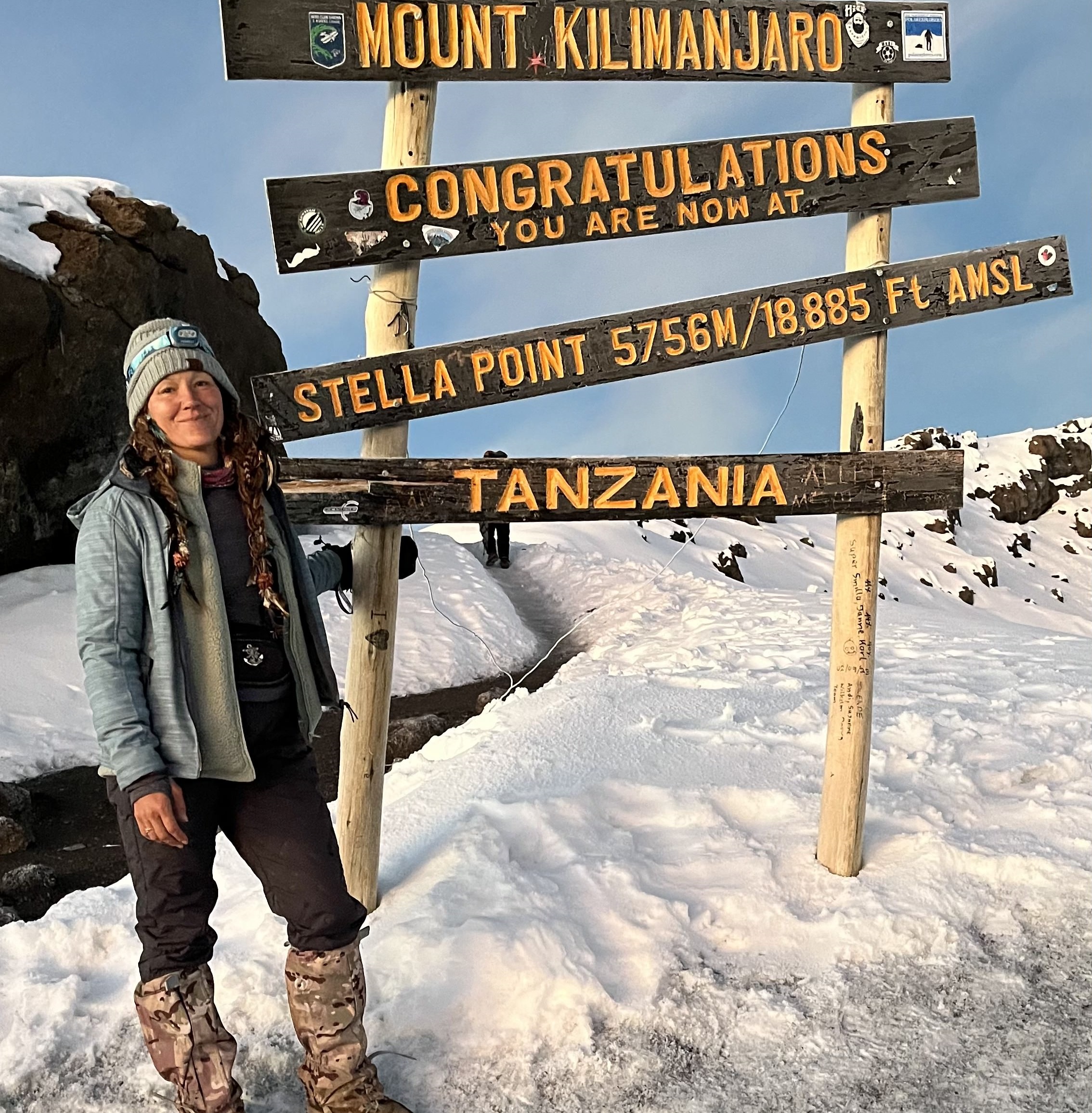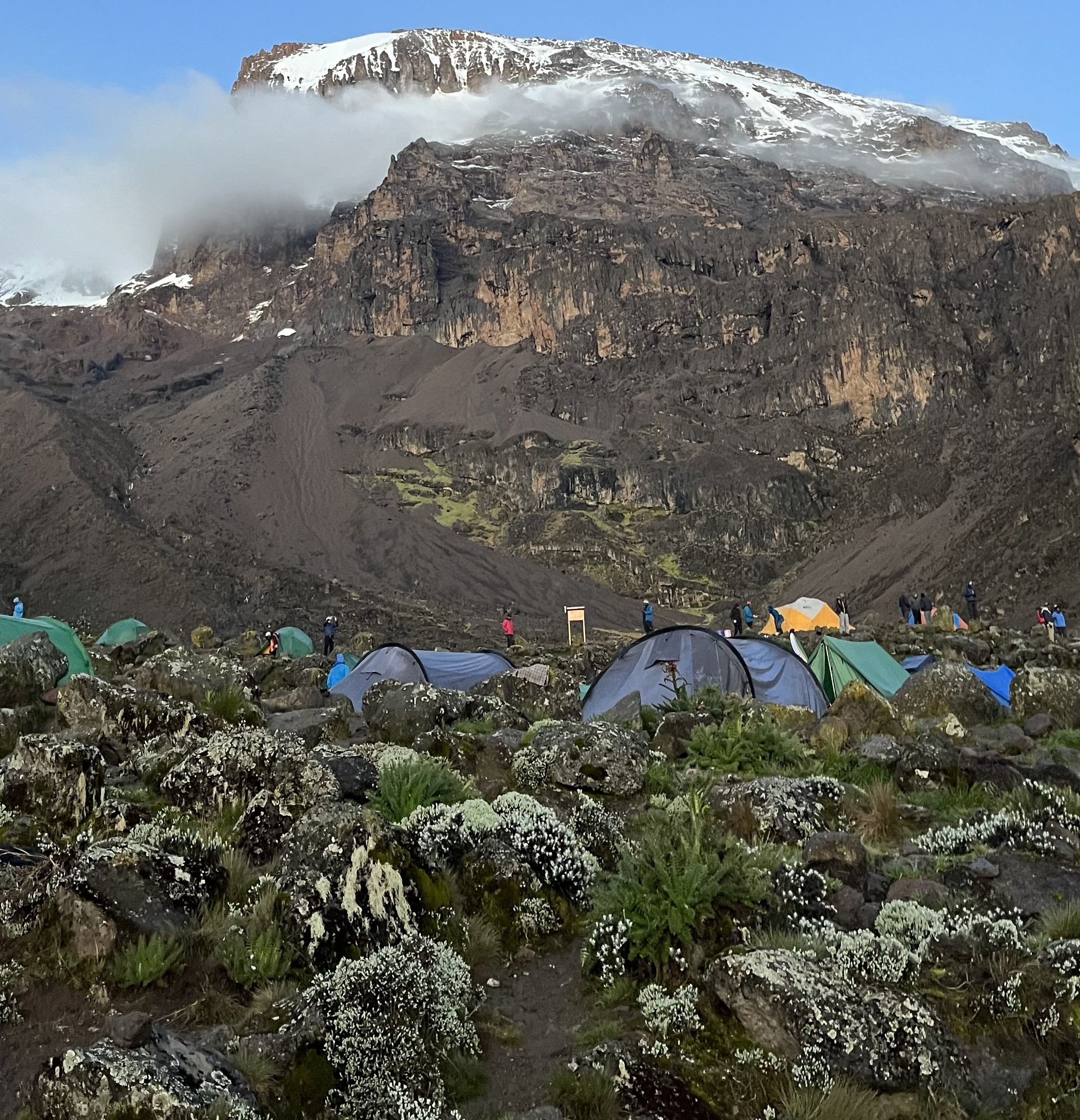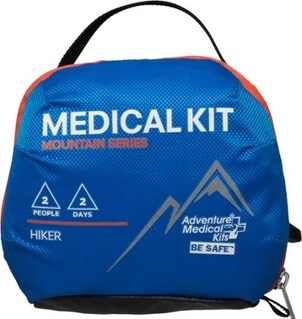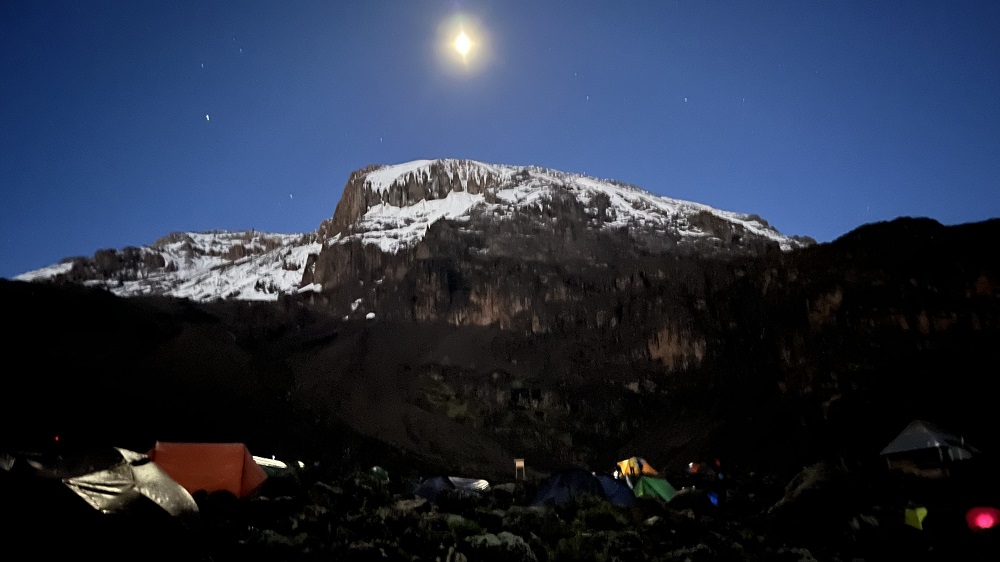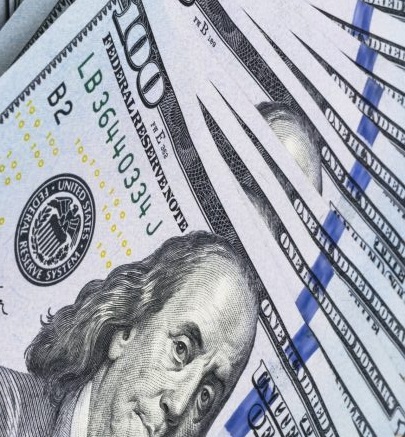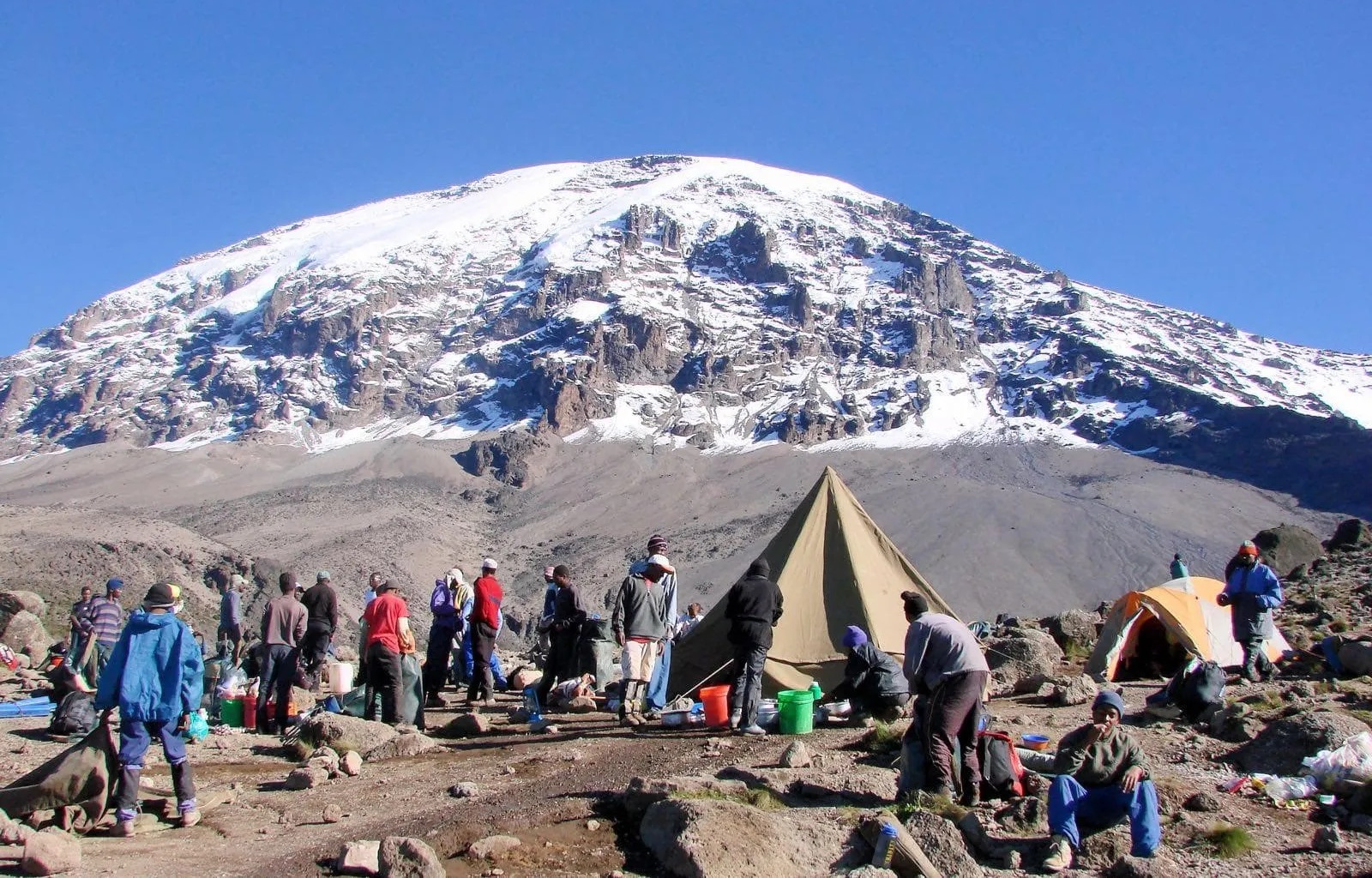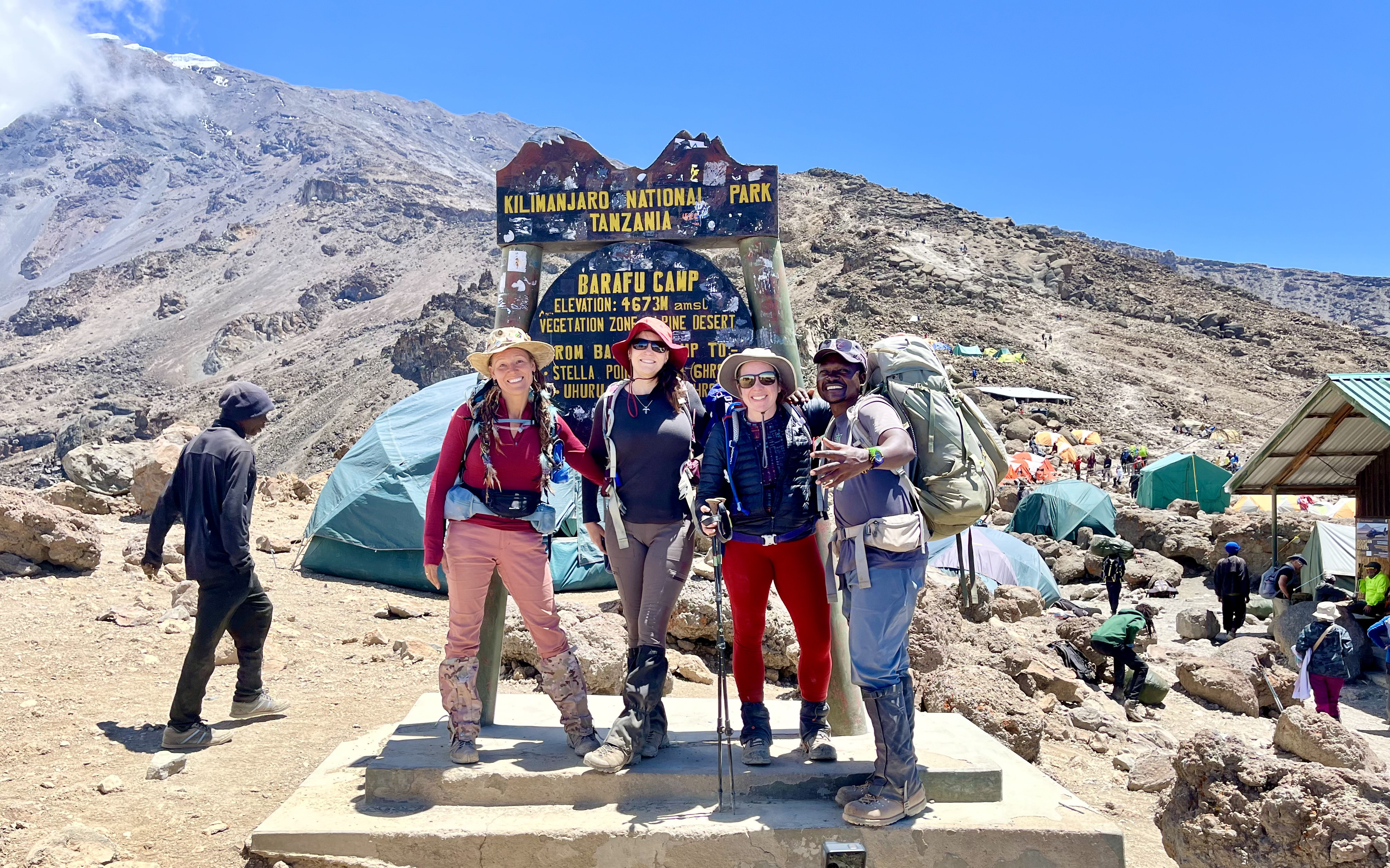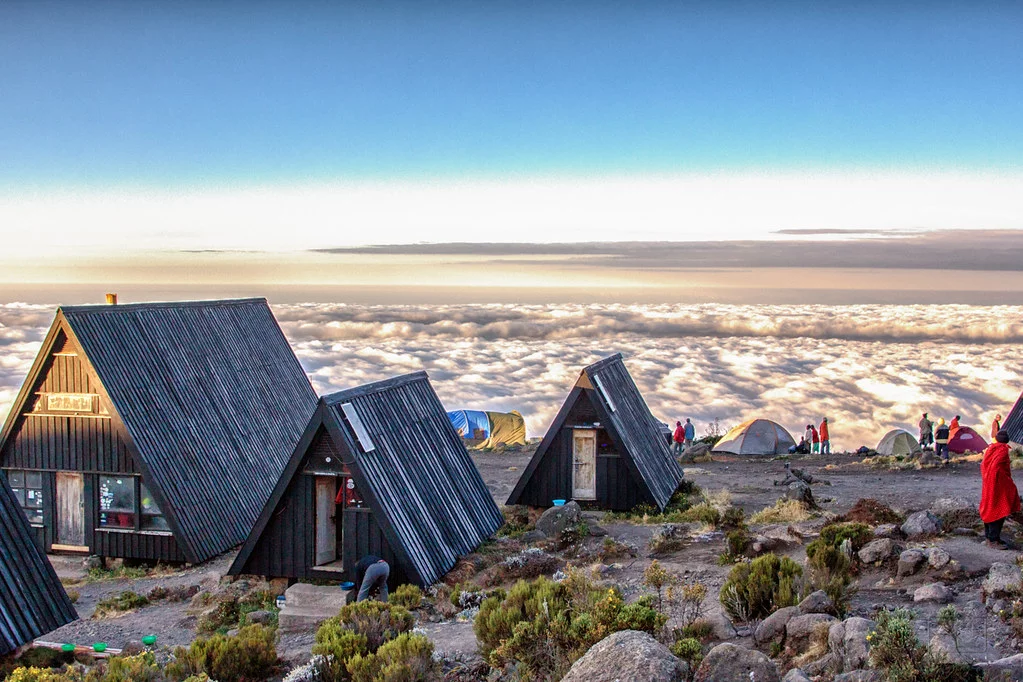BEST TIME FOR KILIMANJARO CLIMBING
When to Climb Kilimanjaro Mountain?
The best time to climb Mount Kilimanjaro is during its dry seasons, which are from December to mid-March and late June to October. Among these months, the most favorable conditions typically occur in January, February, July, August, September, and October. During this period, climbers can expect clear skies, stunning views, minimal rain, and plenty of sunshine—ideal for a safe and enjoyable trek.
While these months offer the most favorable weather conditions, it’s important to note that Kilimanjaro’s weather can be unpredictable, and conditions may change rapidly, regardless of the season. As such, climbers should always be prepared for a variety of weather conditions, even during the driest months.
Month-by-month guide, you'll be able to choose the best time for your climb based on your preferences for weather, crowd levels, and trail conditions.
Climbing Kilimanjaro in January, February, and Early March
This period offers ideal trekking conditions with mostly dry, clear days and excellent visibility. Occasional showers may occur, and there's a good chance of snow over 14,000 feet, providing spectacular photo opportunities.
- Weather: Mostly dry, clear skies, some occasional showers, snow possible at higher altitudes.
- Crowds: While this is considered the "high season," it's generally quieter than the main peak season (June to September), making it a great time for those seeking a balance of good weather and fewer crowds.
- Best for: Hikers who want to avoid crowds but still enjoy dry conditions and potential snow at the summit.
Climbing Kilimanjaro in March, April, and May
Early March: The weather is still favorable, but by the end of the month, the rains begin, which can make trails muddy and visibility poor.
April to Early May: These months coincide with the long rains, making conditions difficult for trekking. The trails can be muddy, skies cloudy, and visibility reduced.
- Weather: March sees a transition from good weather to the rainy season, with April and May being the peak of the long rains.
- Best for: Experienced trekkers who are prepared for unpredictable weather. If you must trek during these months, be prepared for wet and muddy conditions, and possibly reduced visibility.
- Recommendation: Choose the north side routes (such as Rongai or Northern Circuit), as they tend to be less affected by the rains.
Climbing Kilimanjaro in June, July, August, and September
This is the main climbing season due to a combination of the best weather and summer vacations in the US and Europe. These months bring dry, sunny conditions with occasional showers, particularly in the forest areas.
- Weather: Dry, clear skies with occasional rain showers, particularly in the lower forest areas.
- Crowds: These months are the busiest, with July and August being the peak. If you want to avoid larger crowds, consider climbing in June or September.
- Best for: Those seeking the best weather for climbing and willing to experience more crowded trails. September offers a good balance of decent weather and fewer climbers.
Climbing Kilimanjaro in October and November
October: The weather is generally dry with occasional rain showers. This month offers a good balance between dry conditions and fewer crowds, as it’s quieter than the high season of June to September.
November: This month typically experiences the short rains, which last for 3-4 weeks, mostly in the late afternoon. The weather is less persistent than the long rains of April-May, but it can still affect your trek.
- Weather: Short rains in November, often late afternoon showers. October has good weather, with fewer climbers.
- Best for: Climbers who prefer a quieter mountain experience. The Rongai and Northern Circuit routes are recommended for this time, as they are more sheltered and receive less rain.
